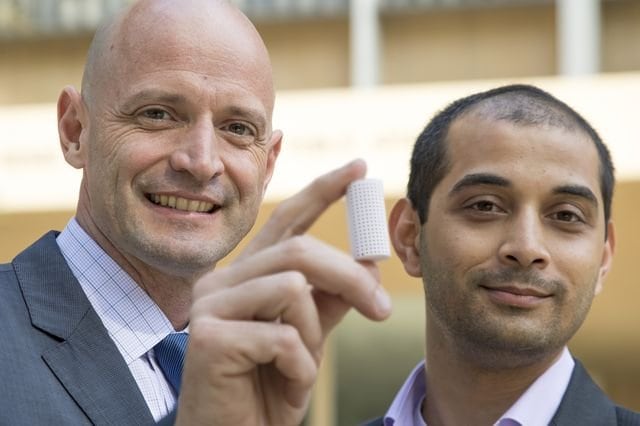Your cart is currently empty!
UCLA researchers turn carbon dioxide into sustainable concrete
The burning of coal to make electricity creates two major by-products, fly ash and CO2 from smoke stacks. The ADAA and its members are currently doing everything possible to increase the utilisation of fly ash in the hopes of lessening the impact of burning coal on the environment. Although the utilisation of fly ash has been progressive, CO2has been continuously viewed as a nuisance. Until now…
That is because a team of researchers at the University of California, Los Angeles (UCLA) has created a solution that may help eliminate these sources of greenhouse gases.
The idea…
Capture carbon from smokestacks, using a filter system and transforming the CO2 into a solid, and using it as a building material. This “closed-loop process” which they are calling CO2NCRETE would therefore “up cycle” the gas from a waste, to a reusable solid for construction purposes.
“What this technology does is take something that we have viewed as a nuisance — carbon dioxide that’s emitted from smokestacks — and turn it into something valuable,” said J.R. DeShazo, professor of public policy and director of the Luskin Centre for Innovation at the UCLA.
“I decided to get involved in this project because it could be a game-changer for climate policy,” DeShazo said. “This technology tackles global climate change, which is one of the biggest challenges that society faces now and will face over the next century.”
As we know, the process of making concrete and CO2 emissions are some of the largest contributors to greenhouse gas emissions in the world. Although the team at UCLA is only in the development stage of the research, their work can potentially lessen the greenhouse effect. Because of this the ADAA will provide updates of UCLA’s research as it advances.
Check out the UCLA News Room to learn more.

